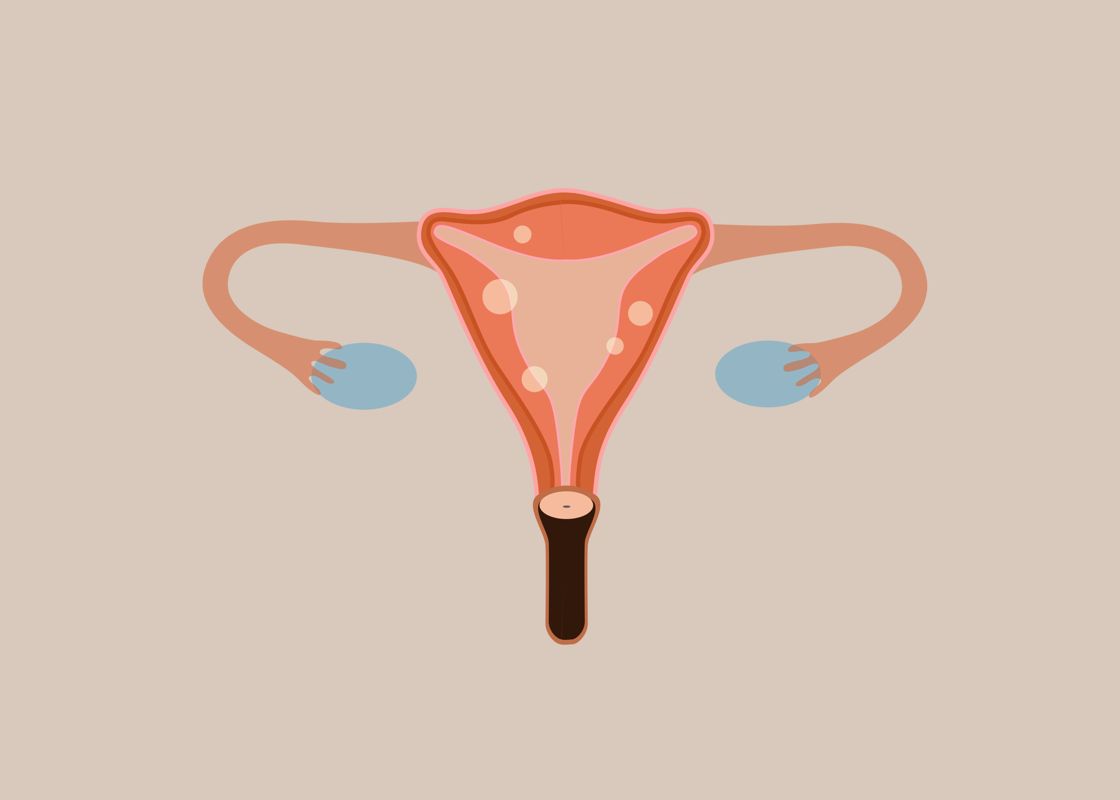What is saliva and what are its functions?
Saliva is a fluid produced in your mouth and is involved in all sorts of important functions, from moistening food so that it’s easier to chew and swallow, to protecting the oral mucosa, as well as helping the preliminary digestion of food, and defending your body against viruses and bacteria (1).
Most of the saliva in humans is produced by three pairs of major salivary glands (parotid, submandibular and sublingual), with a small contribution from many small buccal glands (2). The saliva produced by each of these glands is a bit different in terms of the concentration of salts and proteins present.
Overall, saliva is mainly made of water and ions, but it also contains small amounts of some important organic non-protein compounds, like glucose, amino acids, steroid compounds, lipids and organic acids like lactate and uric acid(1), and bigger molecules like proteins or polypeptides. It is precisely these proteins which are responsible for supporting the different functions of saliva.
On top of that, even though some hormones are most commonly measured in blood (e.g. steroids, non-steroids, peptide and protein hormones), it is very interesting to note that they can also be detected in saliva.
What makes saliva such an interesting fluid to analyse?
Saliva is the perfect sample for testing at home, especially when the same person needs to collect many times (4), like a daily test or a test that needs more than one measurement in one day. In fact, a saliva sample can be easily obtained by non-invasive and non-stressful techniques (5), without the need of pricking your finger, or without the intervention of a professional (4).
This is also why salivary tests are perfectly suitable for analysing how substances change over periods of time. Which is exactly what you need when you want to understand your menstrual cycle (6-12).
Of course, only some of the substances normally measured in blood can also be measured in saliva. In some cases, the concentrations found in saliva are too low or the levels obtained in saliva are not very reliable (1, 4).
So, can we really monitor sexual hormones in saliva?
Yes, we can monitor sexual hormones in saliva!
In particular, the detection of steroid hormones (like progesterone, estradiol, but also non-sexual steroid hormones like cortisol) is perhaps the most interesting application in salivary hormonal studies (1).
Salivary steroids have been studied and used in clinical applications since the late-70s (7), and they are very fascinating because they reflect the free, and active, hormone fraction. In blood, in fact, steroids usually circulate bound by proteins, but only the free fraction of those hormones are active and available to exit the blood circulation and go into the cells. Therefore, tests that measure only free hormones, like the salivary ones, are an accurate reflection of the active hormone in the body (4, 12).
There is yet another reason to trust saliva tests to measure your sexual hormones: the nonpolar substances like steroid hormones are released into saliva via a mechanism that does not depend on flow. This means that their concentrations in saliva remain constant relative to blood levels, independently of the amount of saliva produced (2).
With the development of new technologies, since the 1990s salivary hormone laboratory tests have shown good consistency across laboratories and high correlations with reference methods, making them a real alternative to blood tests (7).
Do hormones in saliva reflect what’s happening during menstrual cycles?
Yes, they do!
As mentioned before, you cannot analyse everything in saliva, but sexual hormones really reflect your physiological state.
For example, it is demonstrated in the scientific literature that the behaviour of salivary progesterone, the hormone detected by the inne minilab, always contain a distinct rise at the onset of the luteal phase, followed by a smooth and broad luteal peak (13, 14), the same as the curves measured in blood plasma (8).
Identifying ovulation by detecting the rise of progesterone in saliva is a common technique (10, 11, 13), and salivary progesterone curves are accepted as clinical indicators of luteal function.
And this is actually what the inne minilab does! It detects progesterone levels across the menstrual cycle to identify the luteal phase, and therefore confirming that your ovulation has taken place in the cycle.
References
1. Silvia Chiappin, Giorgia Antonelli, Rosalba Gatti, Elio F. De Palo, Saliva specimen: A new laboratory tool for diagnostic and basic investigation, Clinica Chimica Acta, 2007, 383, pp 30–40
2. Vining RF, McGinley RA, Symons RG, Hormones in saliva: mode of entry and consequent implications for clinical interpretation. Clin. Chem., 1983, 29, 1752–1756
3. Van Nieuw Amerongen AV, Veerman ECI, Saliva the defender of the oral cavity. Oral Dis 2002;8:12–22.
4. Lindsay F. Hofman, Human Saliva as a Diagnostic Specimen, May 2001, 1,131(5),1621S-5S.
5. Lac G, Saliva assays in clinical and research biology, 2001, Pathol Biol, 49(8), 660–667.
6. Metcalf MG, Evans JJ, Mackenzie JA., Indices of ovulation: comparison of plasma and salivary levels of progesterone with urinary pregnanediol, Jan 1984, J Endocrinol., 100(1), 75-80.
7. Ellison PT.,Ann N, Salivary steroids and natural variation in human ovarian function, Feb 1994, Y Acad Sci., 18, 709:287-98.
8. Celec P, Ostaniková D, Skoknová M, Hodosy J, Putz Z, Kúdela M., Salivary sex hormones during the menstrual cycle., Feb 2009, Endocr J., 56(3), 521-3.
9. Lu YC, Chatterton RT Jr, Vogelsong KM, May LK., Direct radioimmunoassay of progesterone in saliva, May 1997, J Immunoassay,18(2), 149-63.
10. Finn MM, Gosling JP, Tallon DF, Baynes S, Meehan FP, Fottrell PF., The frequency of salivary progesterone sampling and the diagnosis of luteal phase insufficiency. Jun 1992, Gynecol Endocrinol., 6(2), 127-34.
11. Lipson SF, Ellison PT., Normative study of age variation in salivary progesterone profiles., Apr 1992, J Biosoc Sci., 24(2), 233-44.
12. Read G, Hormones in saliva, Human Saliva (1989), 11147, 147-176.
13. Gann PH, Giovanazzi S, Van Horn L, Branning A, Chatterton RT Jr., Saliva as a medium for investigating intra- and interindividual differences in sex hormone levels in premenopausal women, Jan 2001, Cancer Epidemiol Biomarkers Prev,10(1), 59-64.
14. Lu Y, Bentley GR, Gann PH, Hodges KR, Chatterton RT., Salivary estradiol and progesterone levels in conception and non conception cycles in women: evaluation of a new assay for salivary estradiol, May 1999, Fertil Steril., 71(5), 863-8




